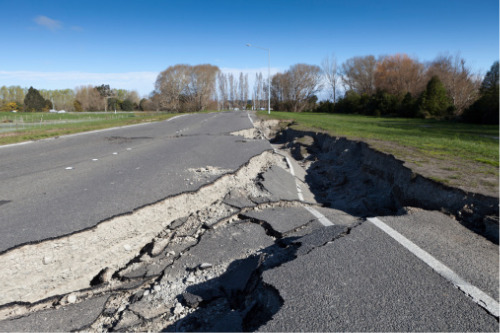

GNS Science has launched a research project to examine the earthquake risk in the Waikato, following the recent discovery of a fault line that could potentially generate a 6.7 magnitude earthquake.
GNS earthquake geologist Dr Pillar Villamor said that the Te Puninga fault has a length of 25km, and could cause a ‘moderate’ earthquake similar to that seen in Christchurch in 2010.
She says understanding the risk of a quake and its potential consequences to the surrounding communities is therefore vital, as the fault would affect the nearby towns of Morrinsville and Hamilton to a significant degree.
“This fault was only recently discovered because it’s a very settled feature in the landscape, and it’s not a very active fault,” Dr Villamor explained. “It’s only now that we have better tools and higher resolution topographic maps that we can see these features.”
“A quake from this fault could be as big as what we experienced in 2010 in the Christchurch area,” she said. “We understood how damaging some of these moderate-size earthquakes can be for populations that are close to the fault line, and that’s why we’re interested in understanding more about this one.”
The 2010 and 2011 Canterbury earthquakes resulted in 650,000 insurance claims and have cost private insurers over $21 billion, with the Earthquake Commission (EQC) paying out a further $10 billion.
Read more: Christchurch to host earthquake symposium
Dr Jo Horrocks, chief resilience and research officer at the EQC says the research being carried out by GNS Science on the Waikato fault will help insurers understand the region’s seismic risks, which is particularly important since it has traditionally been considered a “safe,” lower risk area.
“EQC invests in natural disaster research, like the project in the Waikato region, to understand the risk that any particular hazard poses to a community,” Dr Horrocks said.
“We’re interested in looking at some of these areas that we think offer low seismic risks and have a low chance of an earthquake happening, and assessing whether or not those chances actually are low. We need to know as much about that as possible.
“All of this new information helps authorities to plan and manage the impact of future events.”
